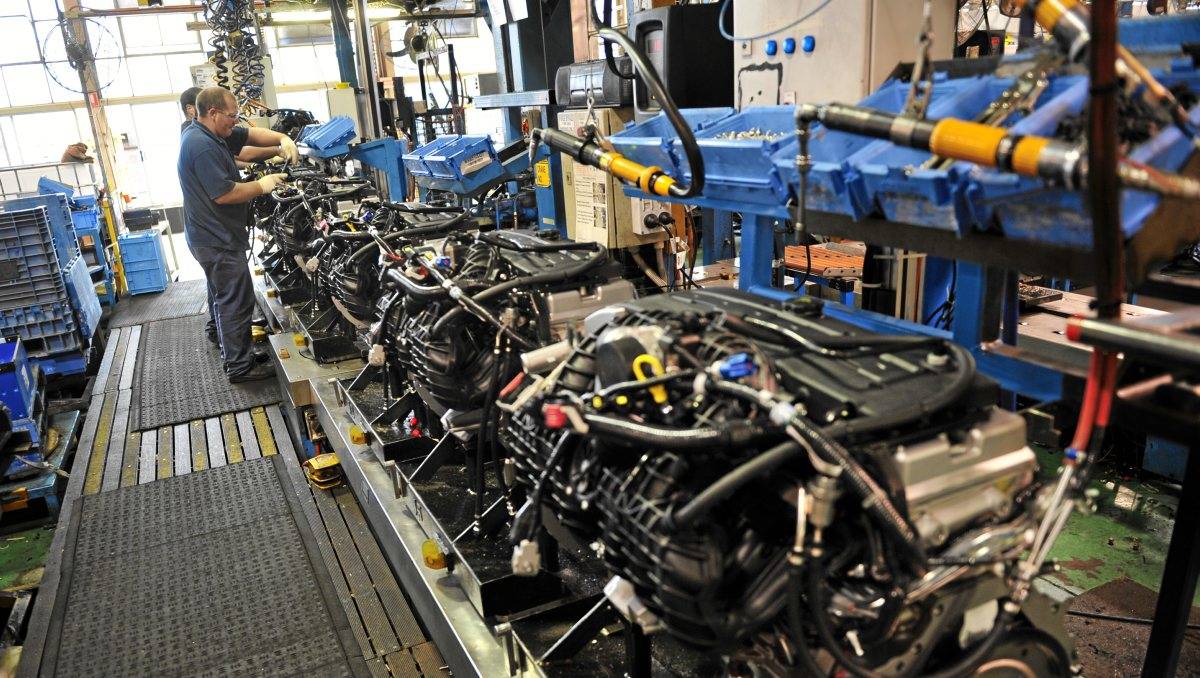Growth in Americans’ wages has been leveling off lately, contrary to expectations that a steadily falling jobless rate will quickly lead to a sustained acceleration. Blame it on dismal productivity and lingering, albeit diminishing, slack even with unemployment at an almost 10-year low of 4.5%.
The government’s most recent jobs report showed the underemployment rate—the broadest gauge of joblessness because it also includes marginally attached workers and those working part time who’d prefer a full-time position—also has been falling though it’s still higher than just before the 2007-2009 recession, Bloomberg reported.
Data this week were also less encouraging. The quits rate, a gauge of workers’ willingness to voluntarily leave their jobs because they’re confident of finding a better position, eased in February to 2.1%, matching its average since the end of 2015. Faster turnover would imply workers are able to bargain for more as labor demand exceeds supply.
Weak productivity is also behind employers’ reluctance to fatten paychecks. Because firms are hiring lots of workers and output is expanding slowly, they’re trying to protect their profits at a time when raising prices has become difficult. Over the last five years, productivity growth has averaged 0.7% a quarter, the slowest since a similar period ending 1982. That “is certainly dampening” wage gains, Joseph LaVorgna, chief US economist for Deutsche Bank Securities, wrote in a note to clients.
Federal Reserve Chair Janet Yellen this week called low productivity a “significant problem” and said the reasons behind it were unclear, making it hard to predict when there’d be a pickup.
Another hurdle is that companies usually raise wages by at least the rate of inflation, which is only just starting to stir after being stubbornly low the past few years, said Ryan Sweet, an economist at Moody’s Analytics Inc. At some businesses, organized labor groups could use a pickup in prices to negotiate bigger pay increases. Of course, faster inflation would also circle back to squeeze real take-home earnings for everyone.
Wage Growth
Projections vary on the extent and timing of any wage-growth acceleration. Economists at Capital Economics point out that the share of small companies planning to increase worker compensation is consistent with annual growth in average hourly earnings advancing toward 3.5% by year-end. At Bank of America Merrill Lynch, analysts project 3% by early 2018. From current levels, that indicates modest further gains the rest of 2017.
Even the improvement in pay growth has yet to spread to all industries. In March, for example, average hourly earnings in professional and business services posted the second-biggest monthly advance in records to 2006. Without that 0.9% jump last month, overall wage growth would have been flat, according to Morgan Stanley economist Robert Rosener.
What’s worse, “wage growth in a broad range of industries may be leveling off, or even slowing,” Rosener cautioned last week in a note. Morgan Stanley’s wage growth diffusion index shows only 38.5% of industries now have above-trend rates, down from February’s 46.2% and well below a high of 61.5% in August.
In the meantime, consumer confidence surveys show widespread optimism that bigger paychecks are on the horizon. While hopes are riding high, actual wage performance is what counts in terms of household spending and the economy.
Less Employment
Nonfarm payrolls grew by just 98,000 in March, according to a closely watched report from the Bureau of Labor Statistics. Payrolls had been expected to increase by 180,000 in March, according to economists surveyed by Reuters.
"What a number. This makes your jaw drop," said Naeem Aslam, chief market analyst at Think Markets.
A more encompassing measure of unemployment that includes discouraged workers those at work part-time for economic reasons fell three-tenths to 8.9%, the lowest level since December 2007.
Weather issues may have had a hand in March's numbers as a big snowstorm in mid-month may have depressed activity. Retail jobs fell by 30,000 and construction was up just 6,000 after a gain of 59,000 in February.


